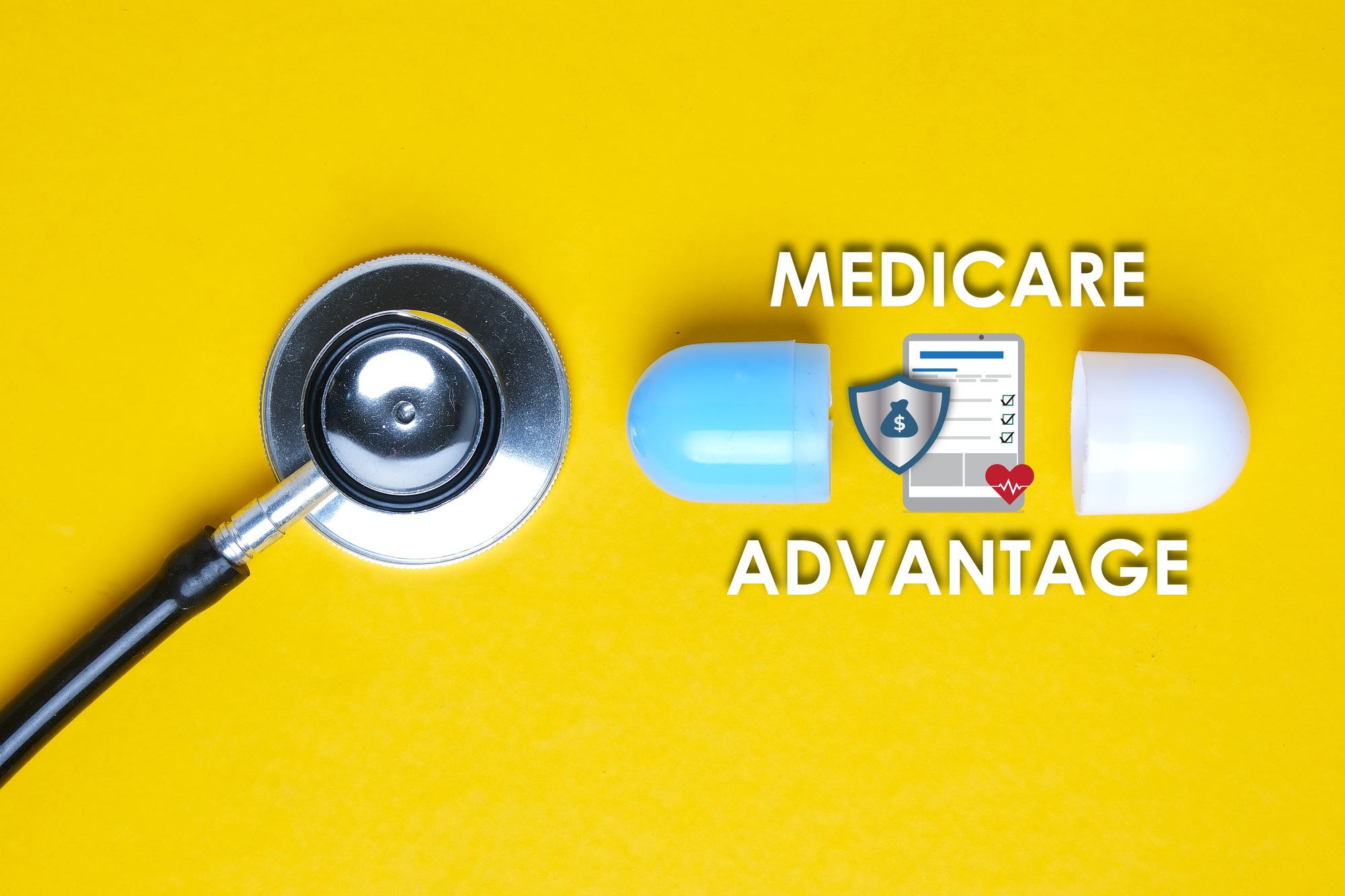
Is It Time for Home Health Care? A Guide to Spotting the Signs
Home health care is designed to provide professional support for individuals right in their own homes, offering a lifeline for
Our health insurance blog is a trusted resource, keeping you informed and up-to-date on health insurance, health, and so much more.

Home health care is designed to provide professional support for individuals right in their own homes, offering a lifeline for

You’ve probably heard athletes or fitness fans talk about VO2 max at some point. But what exactly is it, and

Feeling stressed, sluggish, or just looking for a boost? Cold-plunging might be the icy reset you didn’t know you needed!

Ever heard someone say, “Put on a coat, or you’ll catch a cold”? It’s the kind of advice many of

Ever Googled your symptoms only to end up more confused than before? With so much information out there, it can

While it’s undeniably convenient, getting the most out of a telehealth appointment takes a bit of preparation. Let’s explore how you

It’s late at night; something’s not right, and you’re unsure of your next step. You might be experiencing symptoms that

Winter’s here, and as temperatures drop, there’s nothing more comforting than wrapping your hands around a warm mug of something

Tracking heart health has never been easier, thanks to the rise of at-home heart rate monitors. Whether you’re managing a

Stress is like trying to keep a beach ball underwater – the harder you push it down, the more it

Maybe you’re finding that your Medicare Advantage plan doesn’t quite meet your needs, whether it’s the coverage, the costs, or

As winter wraps us in its frosty embrace, our skin often bears the brunt of the cold, dry air. That







Healthedly Insurance Services, LLC all rights reserved. Healthedly.com is a non-government website that is owned and operated by Healthedly Insurance Services, LLC, which is a licensed health insurance agency. Healthedly Insurance Services, LLC is not affiliated with or endorsed by the U.S. government, Healthcare.gov or the deferral Medicare program. The purpose of this site is the solicitation of insurance. Contact may be made by an insurance agent/producer of the insurance company. We currently do not offer every plan available in your area. Healthedly Insurance Services, LLC currently represents 10 Medicare carriers, and 801 plans, and has access to plans in all 50 states plus the District of Columbia. Please contact Medicare.gov, 1-800-MEDICARE, or your local State Health insurance Program (SHIP) to get information on all of your options. Not all plans offer all of these benefits. Benefits may vary by carrier and location. Limitations and exclusions may apply. By using this site, you acknowledge that you have read and agree to our Privacy Policy, Do Not Call Policy, Terms of Service and SMS Terms & Conditions.




